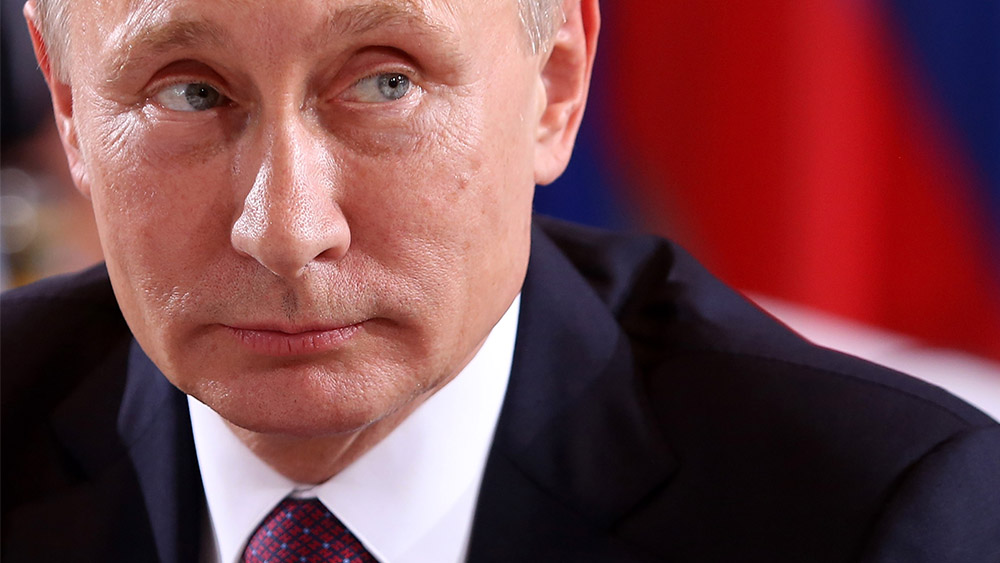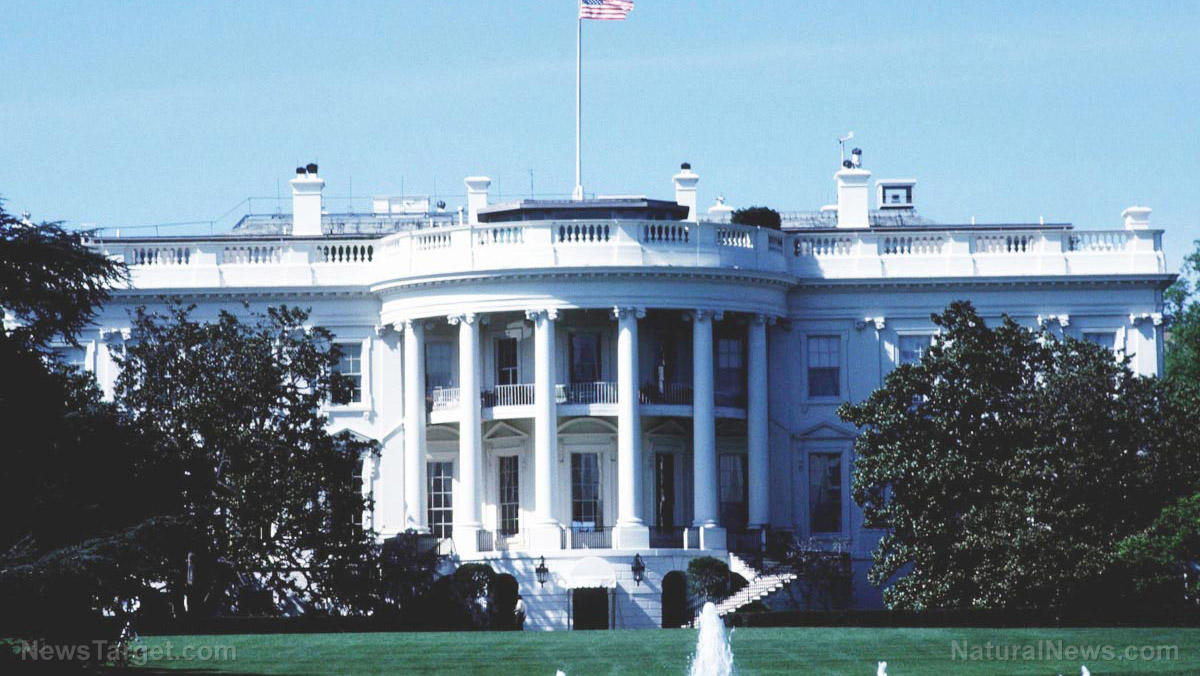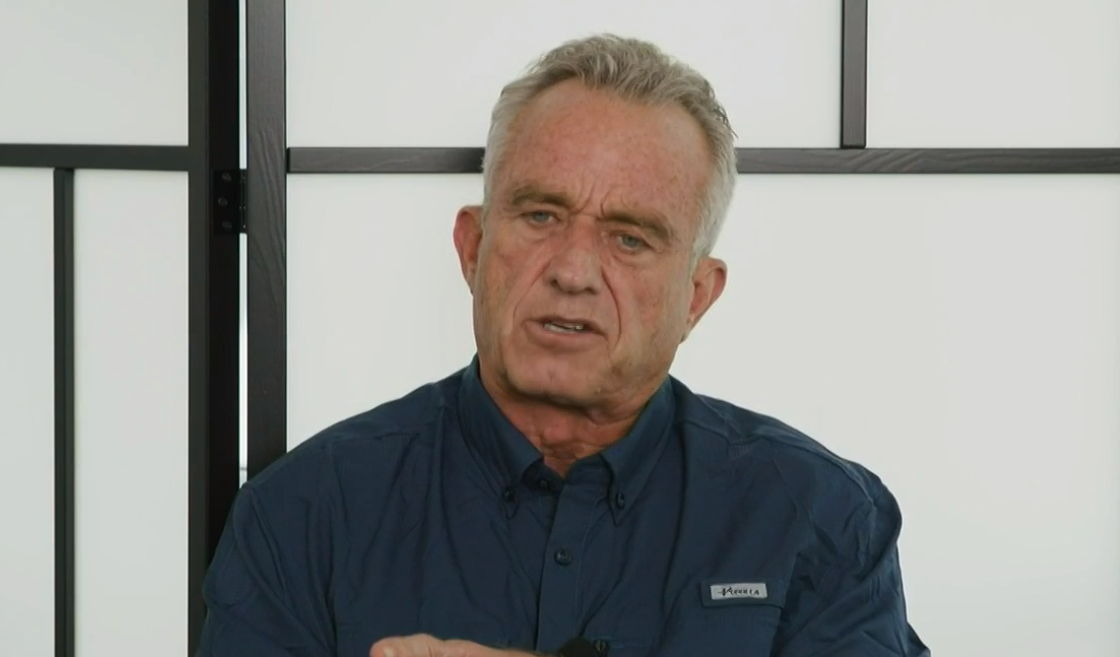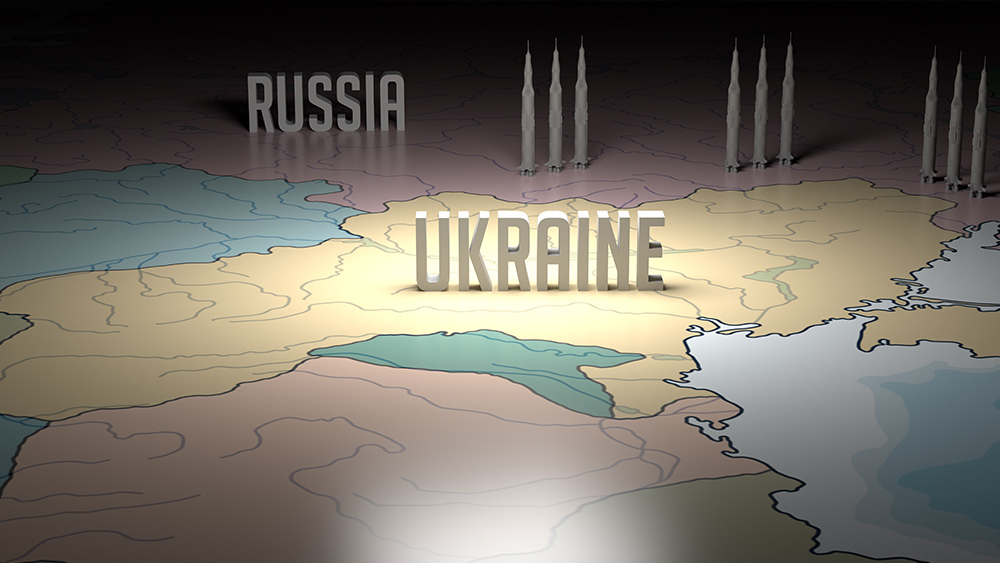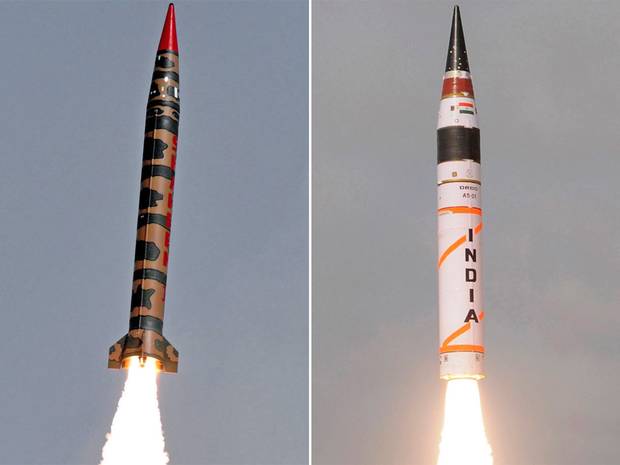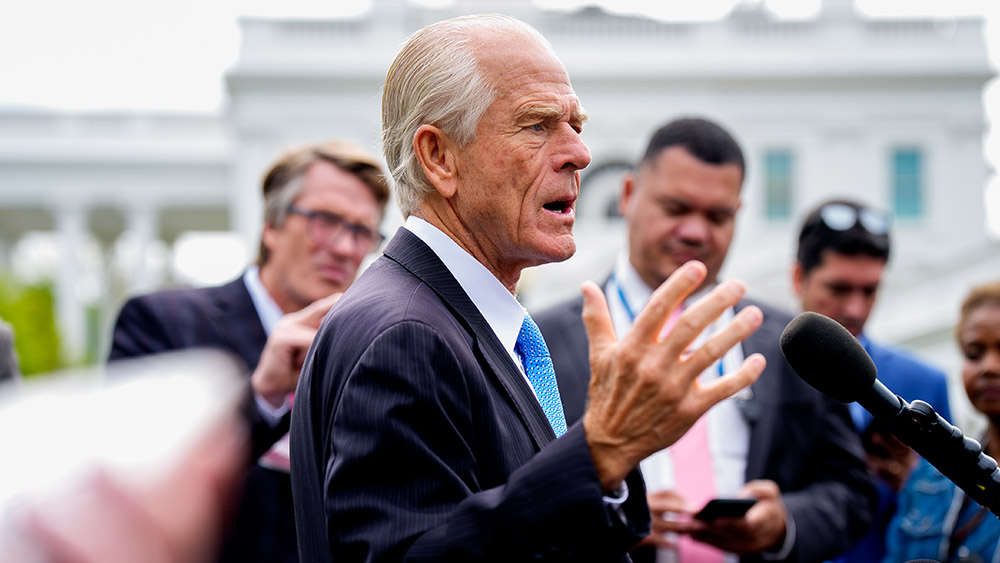Factory closures, mass layoffs hit China’s manufacturing sector amid U.S. trade war
05/03/2025 / By Ramon Tomey
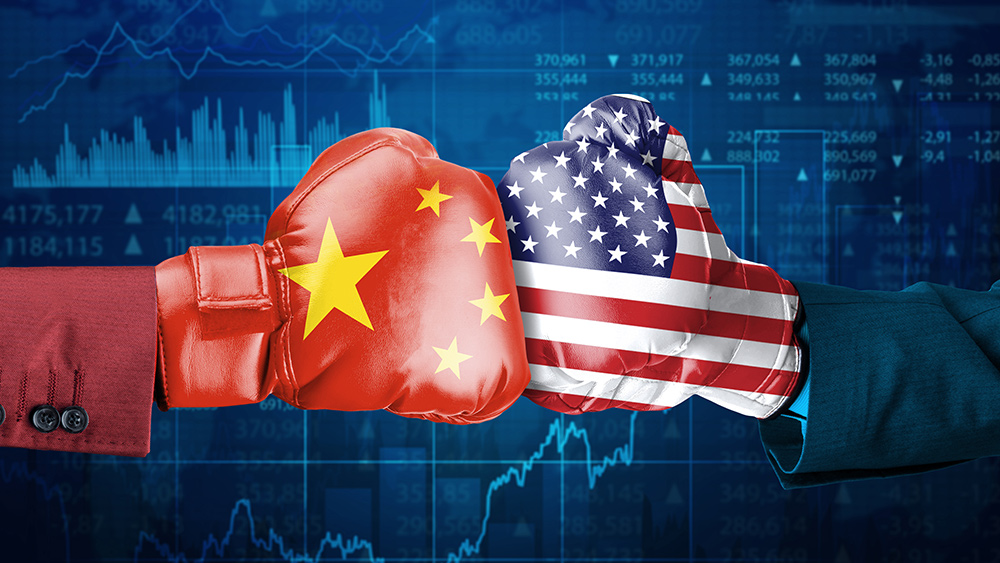
- China’s economy faces severe pressure as U.S. tariffs (including a 145 percent levy on some imports) trigger factory closures, mass layoffs and a surge in worker protests, particularly in export-heavy regions like Guangdong and Zhejiang.
- Hundreds of workers across Sichuan, Inner Mongolia and other provinces are protesting unpaid wages and benefits, with some resorting to extreme measures like rooftop protests. Even major firms like BYD face strikes over pay cuts.
- Warehouses are overflowing with discounted exports (e.g., apparel, electronics) now being sold domestically for pennies, undermining profitability and worsening the economic downturn.
- Beijing offers vague promises (e.g., five percent GDP growth targets) and blames the U.S. for “bullying,” but lacks concrete solutions. The “dual circulation” strategy to boost domestic demand is failing as exports collapse.
- With 16 million jobs at risk, labor protests now make up 41 percent of all demonstrations (per Freedom House). New U.S. tariffs (e.g., 120 percent on small-value imports) threaten further damage, leaving China’s economy and workers in dire straits.
China’s economy – already struggling with sluggish growth and weak consumer confidence – is facing mounting pressure as U.S. tariffs trigger factory closures, mass layoffs and a surge in worker protests.
Across industrial hubs from Sichuan to Inner Mongolia, hundreds of workers have taken to the streets demanding unpaid wages. Meanwhile, manufacturers scramble to offload unsold goods at steep discounts. The escalating trade conflict between Washington and Beijing has exposed vulnerabilities in China’s export-dependent economy, with analysts warning that up to 16 million jobs could be at risk.
The latest wave of U.S. tariffs – including a 145 percent levy on Chinese imports – has dealt a severe blow to key sectors such as electronics, apparel, and chemicals. Factories in export-heavy provinces like Guangdong and Zhejiang have suspended operations, issuing “holiday notices” to workers as orders dry up. (Related: China’s plastics industry faces closure crisis as U.S. ethane tariffs ignite economic fallout.)
Videos circulating on Chinese social media show warehouses overflowing with unsold merchandise, from yoga pants to home appliances, now being sold domestically for pennies on the dollar. “Any piece of clothing here could sell for $100 in the U.S., but now it’s being sold by the ton for a few cents,” lamented one user on Douyin, China’s version of TikTok.
It’s not just companies that are bearing the brunt of tariffs; the unrest among workers is intensifying. Even major firms like electric vehicle giant BYD have faced strikes over pay cuts and broken promises.
In Sichuan, employees at a circuit board manufacturer say they haven’t received wages or social security benefits since 2023. Construction workers at the city of Tongliao in Inner Mongolia threatened to jump from the rooftops of the buildings they were erecting unless back pay was delivered.
In Shaanxi province, migrant laborers say they haven’t been paid since February 2025. At the Guangxin Sports Goods factory in Hunan, over 100 women were dismissed without severance – allegedly for “reaching retirement age.”
How U.S. tariffs are crushing China’s economy
Ji Feng, a veteran of the 1989 Tiananmen protests, told Radio Free Asia that many business owners are trapped in a cycle of debt and desperation. “Some bosses even said they would rather go to jail than do anything,” he said.
Beijing’s response has been a mix of defiance and vague promises. Chinese President Xi Jinping hinted at policy adjustments, but offered no concrete solutions beyond accusing the U.S. of “bullying.” Chinese Premier Li Qiang, meanwhile, pledged five percent GDP growth and job creation – targets that seem increasingly unrealistic.
The tariffs have also undercut China’s “dual circulation” strategy, which aimed to reduce reliance on foreign markets. With domestic demand weak and exports collapsing, economists warn the economy is running out of lifelines.
The human toll is stark, with already vulnerable migrant workers bearing the brunt. As protests multiply, the government’s grip on dissent is being tested. Freedom House reported that 41 percent of all protests in late 2024 were labor-related.
For now, the trade war shows no signs of easing – with a new 120 percent tariff on small-value imports set to take effect soon. This new levy will further cripple e-commerce giants like Shein and Temu.
While U.S. businesses also face losses, China’s export sector and the workers who depend on it are in far direr straits. With factories shuttering and unrest growing, Beijing’s economic challenges are only beginning.
SupplyChainWarning.com has more similar stories.
Watch John Perkins elaborating on the economic impact of U.S.-China trade relations in this clip from the “Health Ranger Report.”
This video is from the Brighteon Highlights channel on Brighteon.com.
More related stories:
U.S.-China trade war shows no signs of cooling amid conflicting claims, economic toll rises.
Trump floats plan to replace income tax with tariff revenue.
Sources include:
Submit a correction >>
Tagged Under:
big government, Bubble, chaos, China, Collapse, debt bomb, debt collapse, Donald Trump, factory closures, manufacturing sector, market crash, money supply, risk, supply chain, tariffs, trade war, unsold goods, US, worker protests
This article may contain statements that reflect the opinion of the author
RECENT NEWS & ARTICLES
COPYRIGHT © 2017 BIG GOVERNMENT NEWS





